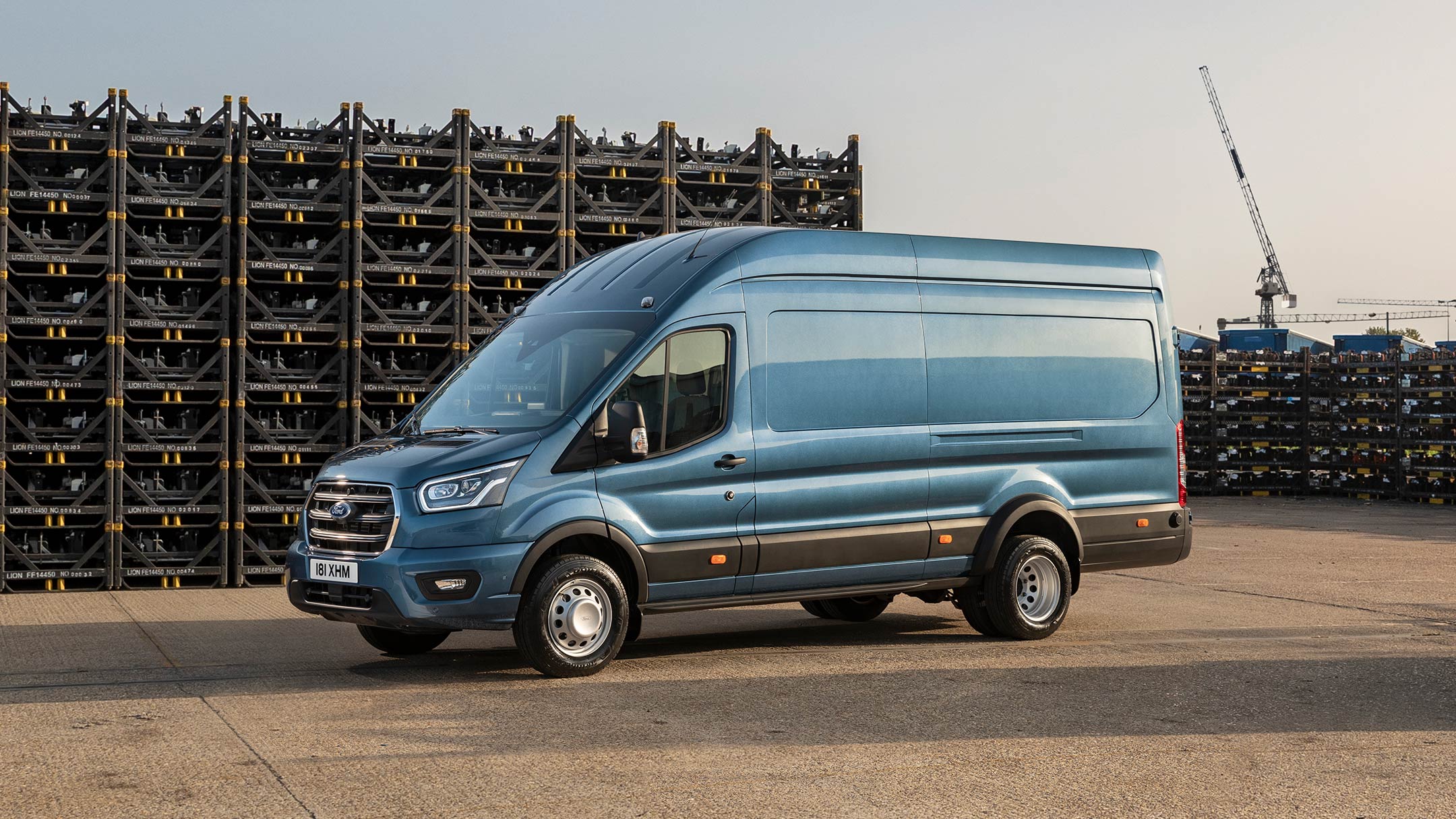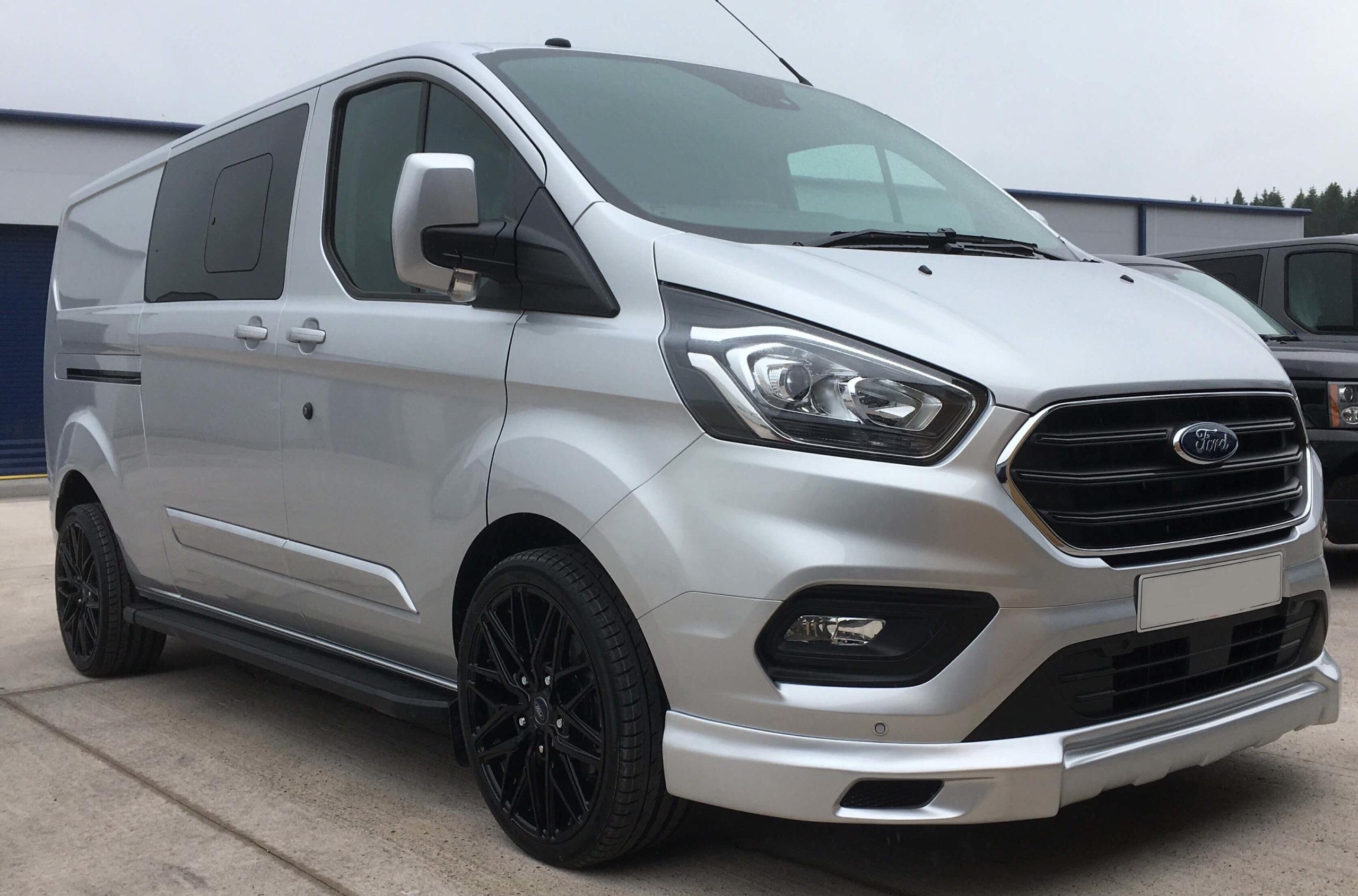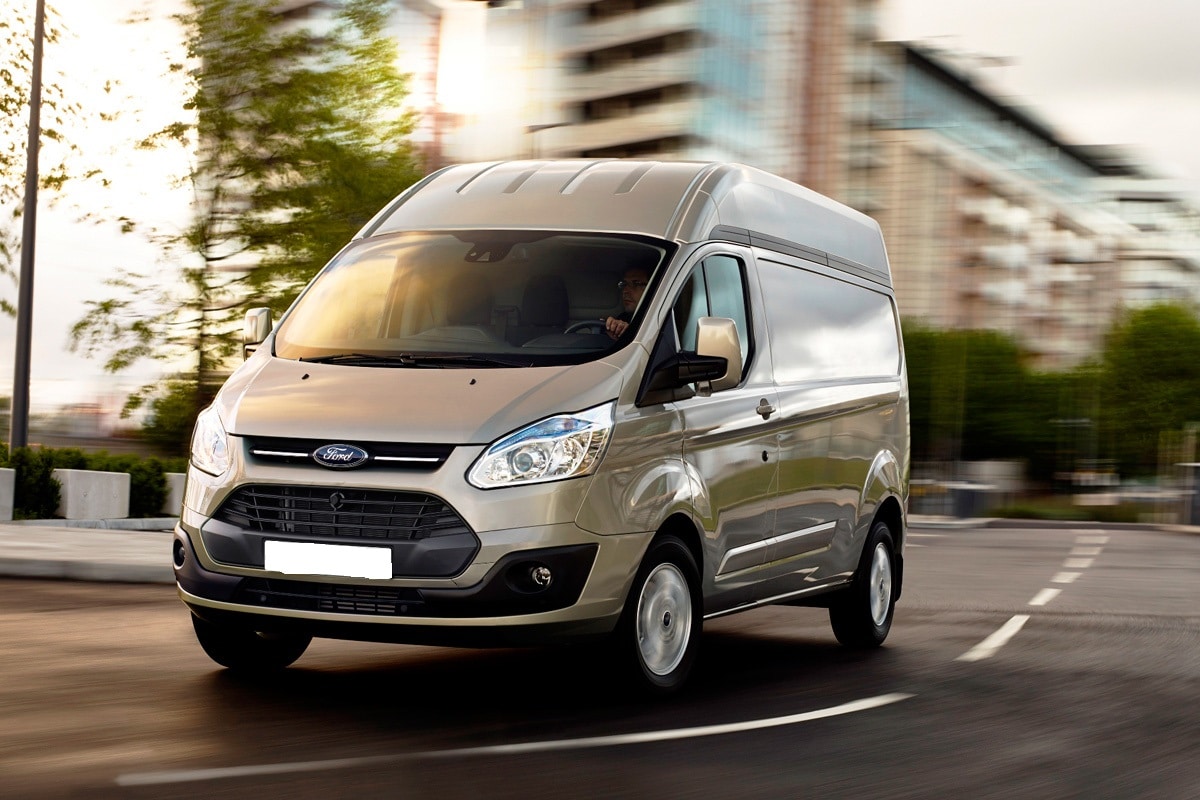Large commercial vans are the cornerstone of many businesses. Selecting the best used large van for your needs is essential for the future of your business.
Large vans are versatile and a significant investment often used by removal companies, supplier merchants, and delivery drivers.
How to find the best large van?
Are you looking for a large van and aren’t sure which one suits your needs? There are a couple of things to consider. A big van is often one of the most significant investments that you will make in your business. Making sure it is fit for purpose takes a few simple questions.
What is the large van for?
What is the primary purpose of the large van? Most often, large vans will be for transporting goods or storing tools. Larger vans have a reinforced loadspace so that they are capable of carrying greater loads than cars and small vans.
They are also more efficient; the larger loadspace can reduce the number of trips required to move goods.
How many seats do you need in your large van?
Larger vans usually have three seats upfront; however, you may need to transport more people.
Transporting more than three people, you may need to consider a minivan, minibus crew cab or double cab.
Van payloads
A smaller van will typically hold between 500-1000kg. In comparison, a large van can hold up to 5 tonnes depending on the model. Newer large van models often offer a higher payload.
To calculate the payload for a large van:
Gross Vehicle Weight Rating (usually given by the manufacturer or on the door latch)
Curb weight (how much the large van weighs without anything in it)
GVWR – Curb Weight = payload capacity
If you typically transport heavy goods, or your van is often fully loaded, opt for a large van with a higher payload capacity.
Note: remember, when calculating your payload, you need to account for what you typically have in the van in terms of tools and the additional load.
Loadspace
Loadspace is one of the most critical considerations when it comes to purchasing a large van. Light commercial vehicles offer a considerable advantage to small businesses in this respect.
Large commercial vehicles, no matter which one you choose, all have a few things in common. They can safely transport more than a few tonnes of goods and their loadspace is unrivalled.
Loadspace is about volume, how much the back can hold. You’ll need to determine if the magnitude of what you need to carry and the payload match up.
Large vans are ideal for supply merchants, builders, removal services, and even internal renovation for other purposes.
You may need a larger loadspace for oddly shaped items, even if they aren’t particularly heavy.
How far and often will your large van travel?
If you are travelling within the city limits, you might prefer to consider a more compact model of a large van. Using a large van in congested areas isn’t cost-effective.
However, if that is something you are required to do, then look for a van model known for its manoeuvrability.
When tight roads aren’t a consideration, and your large van will be used for long distances, your priority will be on larger loadspace and payload.
The vans wheelbase
Your large vans wheelbase is the distance between the front and rear wheels. Put simply, the smaller the wheelbase, the smaller the van’s full length.
Wheelbase becomes a consideration when you want to maximise the available loadspace you have in your van. The longer the wheelbase, the more room there will be in the van.
If you are conscious of keeping your goods pretty still in the van, then a longer wheelbase will give a better ride. The distance between the front and rear wheels hitting a speed but will be more space out with a longer wheelbase measurement.
It is worth noting that longer wheelbases tend to give less agility to the van.
There are three standard wheelbases – short, medium and long. Although there may be variations in the measurements.
Cabin comfort
Larger vans usually provide a comfortable ride for the driver and the passengers. Larger vans can hold a range of useful comfort items like inbuilt parking guides, Airco, and storage space.
If comfort is a consideration, then look for the highest trim level available in the model of a large van that you’d prefer.
Height
With smaller vans, there is often minor variation in height. However, larger vans can have vastly varying heights.
If you drive typically in an urban area, you might be restricted to the routes you can take by the height of your van.
H1 is the smallest large van in terms of height, and H4 is the tallest. The length of the vans goes from L1 to L4. So the largest van would be an L4 H4.
Choosing the right style of a large van
Large vans come in a range of styles. Large vans offer the largest payload and loadspace and come in the following types.
Panel Van
The most common van, solid metal sides and rear opening doors.
Box van
A van that has a sizable box-shaped loadspace. Due to its shape, the box van often has huge carrying capacities.
Double Cab
A double cab has space for extra people. This style of van can also be referred to as a crew van. Typically a panel van can carry up to 6 people. This type of large van is suited to road gangs, builders and other crews.
Chassis Cab
This type of large van is purchased to fit with the buyer’s needs. It is the shell without the rear body. This gives the user options and the ability to create a dropside, refrigerated body or Tipper.
One of the most important things when it comes to purchasing your large van is cost-effectiveness. Larger vans, when not used to capacity, often don’t have a great ROI.
A general rule of thumb is to buy the smallest van for the task at hand.


 Long Wheel Base Van
Long Wheel Base Van